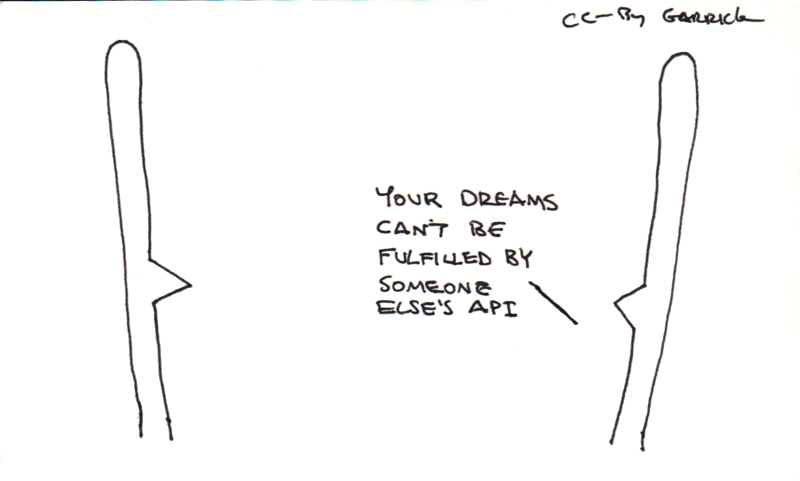A few weeks ago, I met with a local small business owner. We first met back when we were both solo and have met for coffee every 6 months or so since. He now maintains an office downtown full of employees. Towards the end of our time together, he asked which social media services I …
Monthly Archives: October 2013
AAPL: “There’s No Money in Software”
Apple releasing iOS7, Mavericks, iLife, and iWork means Apple (still) doesn’t see the value in software. This shift means Apple’s execs are betting in more consumers upgrading higher-margin Apple-made hardware more frequently. Historically, Apple hardware has a 2x lifespan (3-5 yrs) compared against other hardware (Dell, HP come to mind immediately). Have Apple’s recent hardware …
No Client Work Before Lunch
Patrick and I have been meeting for a Monday morning coffee for years now. It’s an excellent way to start the week. As good as it is, it still fell by the wayside when my new daughter was born. Once we reconvened, he asked me what I found valuable about our conversations. Without thinking I …

